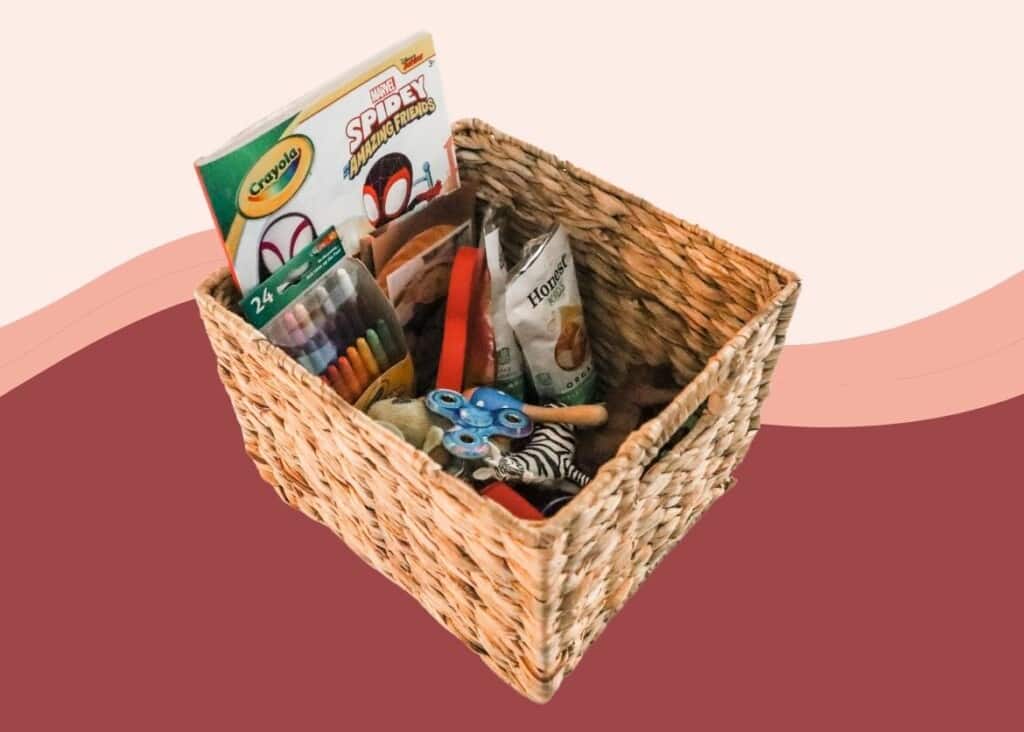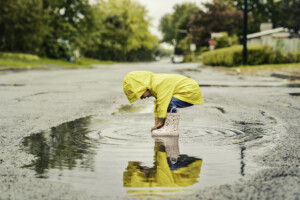Did you know that using the five senses for sensory self-care helps to keep kids calm? Our emotions and five senses are deeply entwined. Touch, taste, smell, hearing, sight—each sense feeds back essential information about our surroundings which helps our brain to make sense of the world. And the world can be a big, scary place, especially for kids.
Our senses are also involved in the making of memories. When we store our memories, we also include some of the sensory input and the emotion felt at that moment in time. Have you ever smelled something or seen a picture of a beautiful holiday you once took, and a memory comes flooding back? Was it coupled with a strong emotion? This is called “conceptual association,” where what we sense triggers our feelings.1
Using the Five Senses to Keep Kids Calm
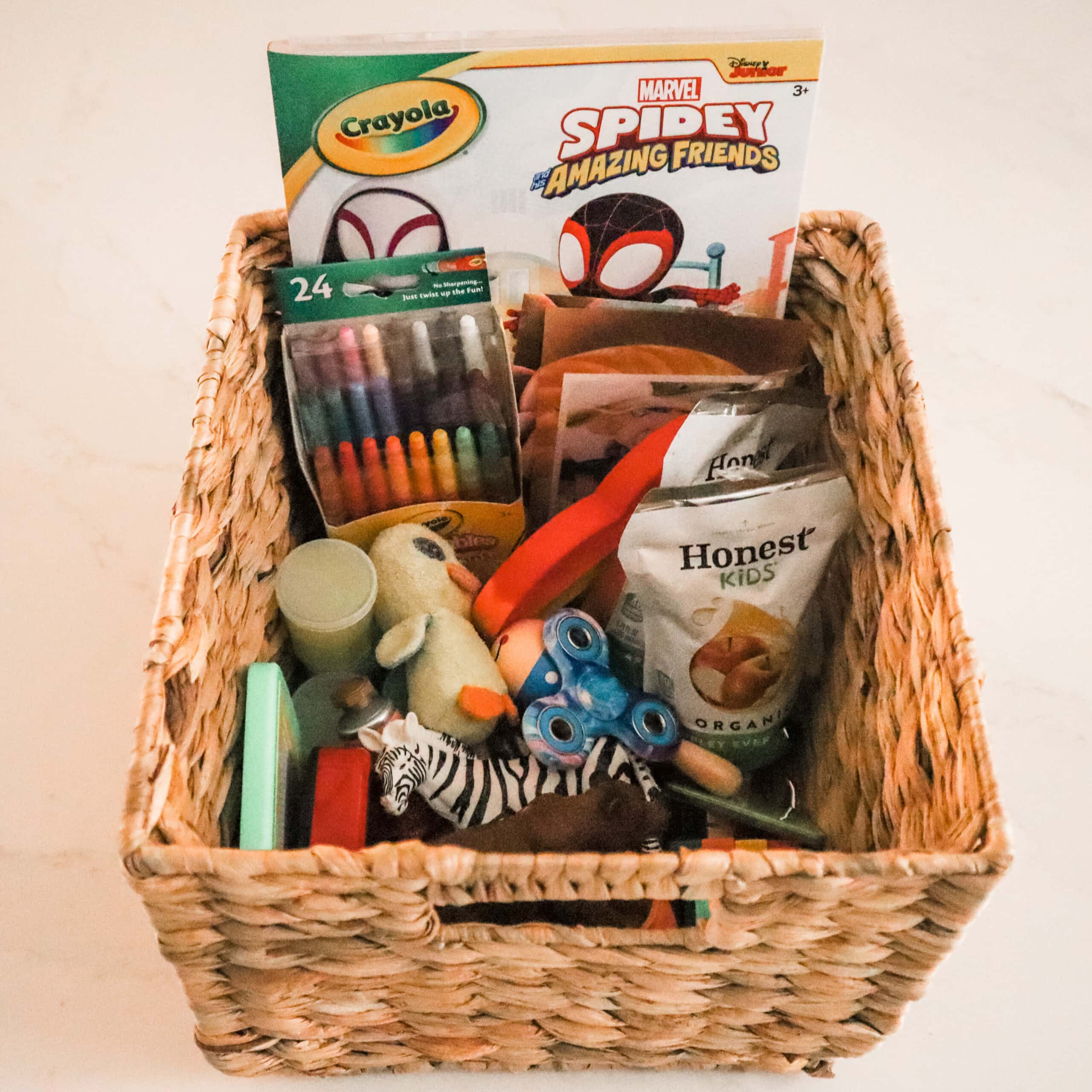
Harnessing senses to try to elicit particular feelings can help bring a sense of calm. This works well for our kids and their emotions too. We don’t want to teach our kids to avoid their feelings. We need to help them process and work through negative emotions. One way to do this is to use senses to help soothe kids and help them feel less overwhelmed by the feeling they are experiencing.
There’s also the added benefit that when we engage their senses, we are helping them change their focus to the present moment. This is a type of mindfulness. Bringing awareness to the here and now can influence wellbeing positively as our kids won’t be caught up in negative thoughts, patterns, or other stressors occupying their minds. Building a sensory self-care box is one great way to harness the senses and help our kids stay calm.
Sensory Self-Care Box
Creating a sensory self-care box or bag for your child is fun and easy! It can be an old shoebox or a reusable shopping bag. It doesn’t have to be expensive. First, get them to decorate the box or bag by painting, coloring, gluing on pictures, etc. The act of intentionally creating a box that they know will help them calm down and soothe themselves is very important. They will feel ownership over their feelings and be less worried or fearful of big emotions. Here are some suggestions for what to include in the sensory box or bag for your child:
Sense of Sight
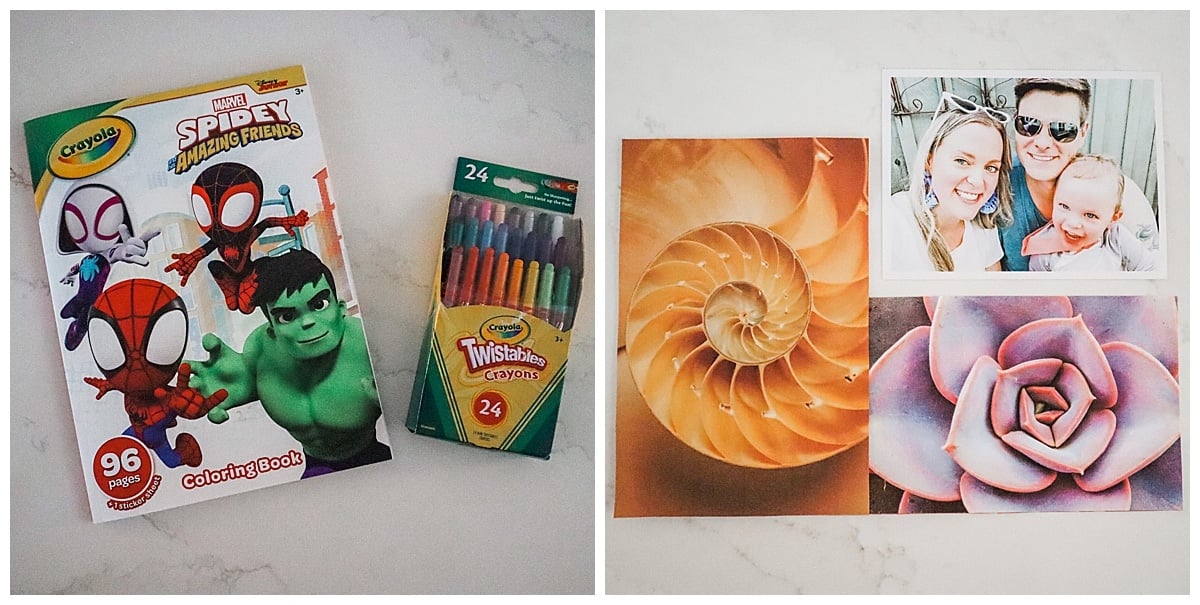
- Mindful coloring pages.
- Pictures of your family, a holiday, or an adventure they have taken.
- Photos or pictures that make them feel happy.
- Natural fractals—these are patterns in nature that repeat themselves at different scales (like pinecones or the inside of seashells. There is some interesting research that says being exposed to images of natural fractals reduces people’s stress levels by up to 60%.2
Sense of Sound
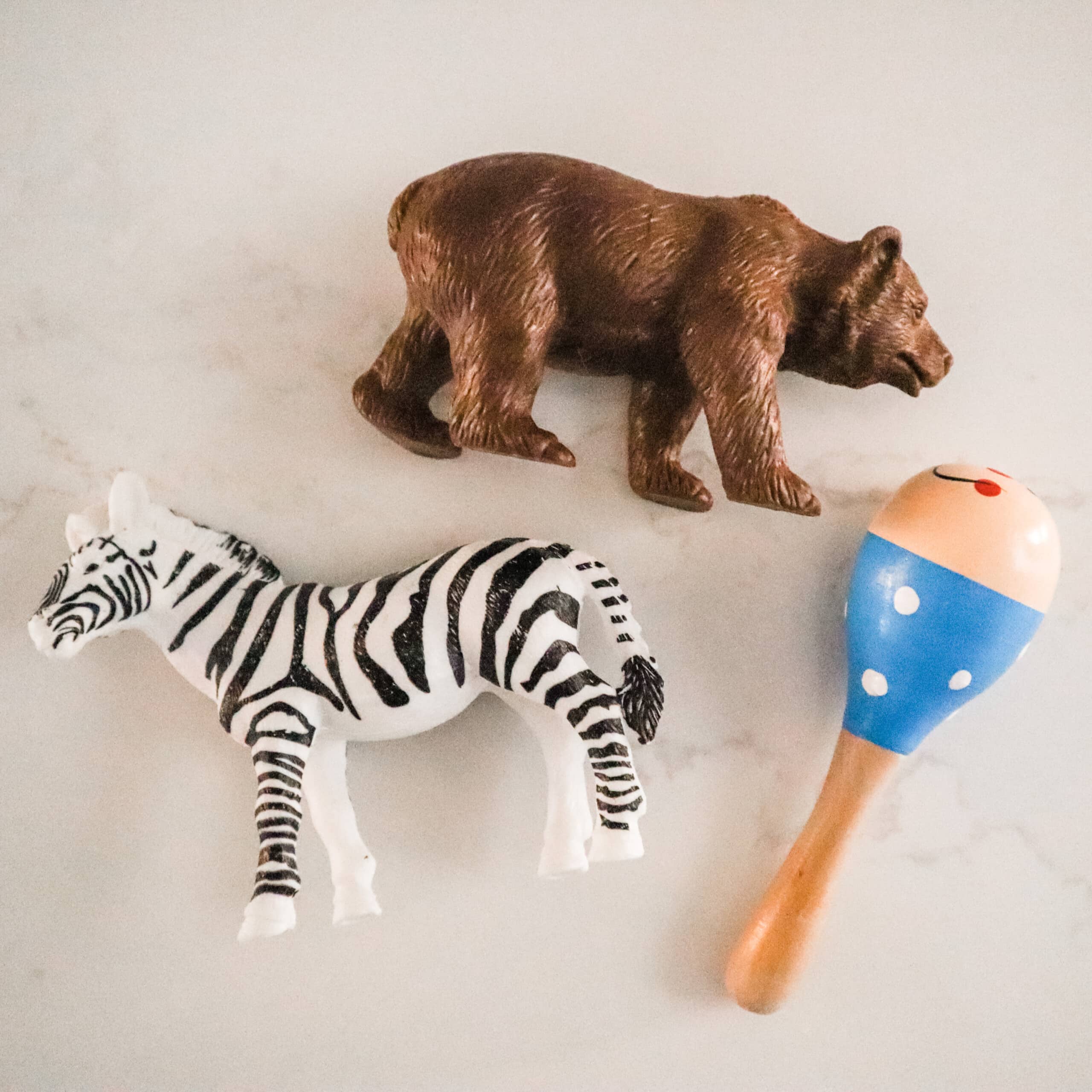
- An iPod, or cheap MP3 player, with different playlists to enhance or elicit particular moods. Do this in conjunction with your child, as it’s about their moods and preferences. Pick some upbeat tracks to encourage them to jump about and get rid of excess energy or frustration. You could pop some more calming songs, natural sounds, ocean or rain noises, classical songs, etc. You could also set up some mindfulness tracks or calm breathing practices.
- Rain shaker, rice shaker, or musical instruments. Things like drums work well to express frustration. Rhythm or trying to replicate sounds uses a different part of the brain than emotions, so it can help soothe them.
Sense of Touch
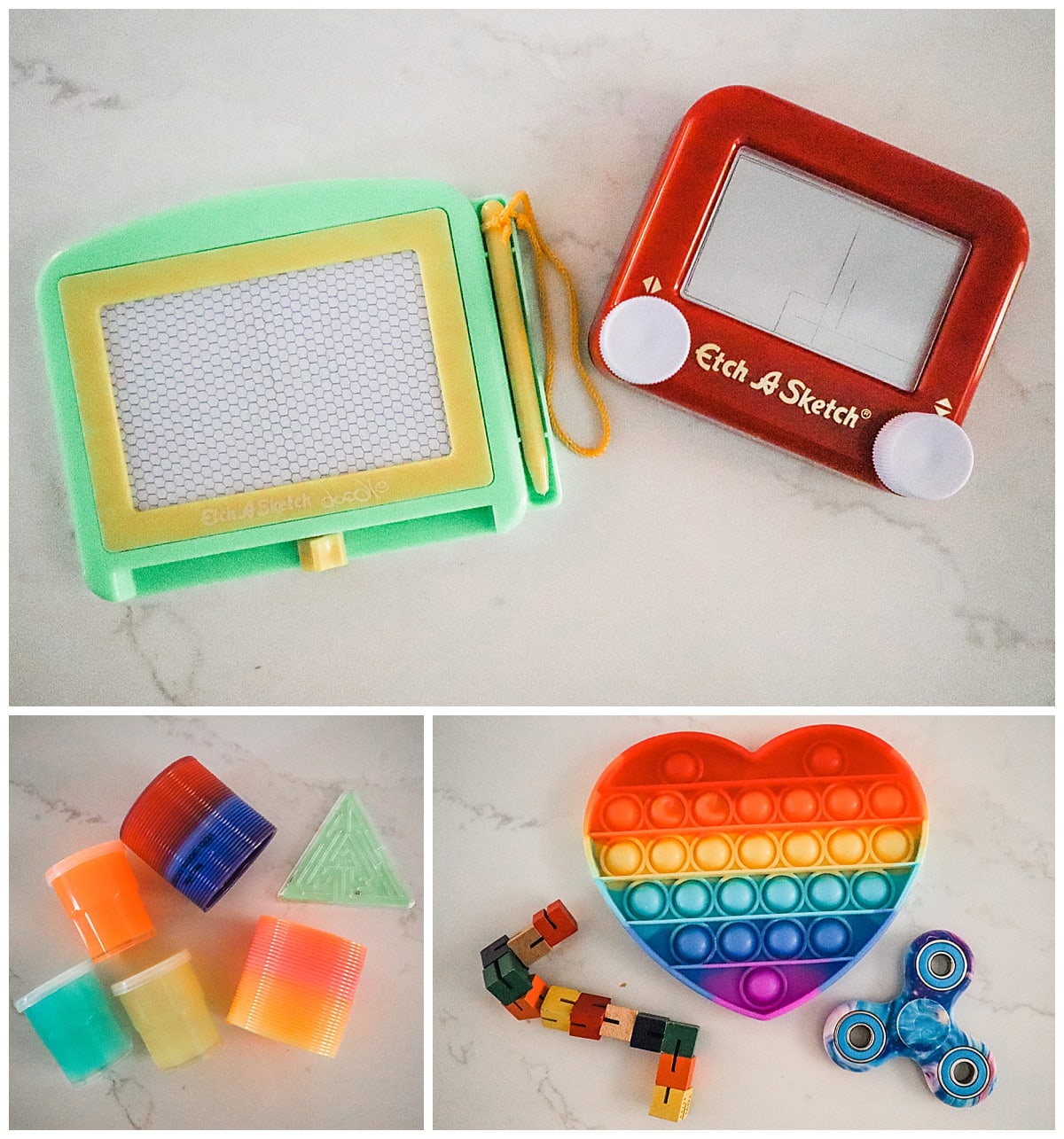
- Playdough to squish (release some tension) or roll into a ball (the movement is rhythmic and soothing).
- A “lovey” or favorite soft toy, or a soft square of silk or faux fur to touch or stroke.
- A little figurine or token to hold for a mindfulness activity. Have them hold the figurine in their hand and ask the following questions:
-
- Hold the token in your hand. Is it heavy or light?
- Run a finger around the perimeter and think about the shape? Is it soft? Firm? Jagged? Smooth?
- Squeeze it tight in your hand and feel the sensation against your fingers and palm. Is it pointy? Smooth?
- Is the object warm or cool to touch?
Sense of Taste
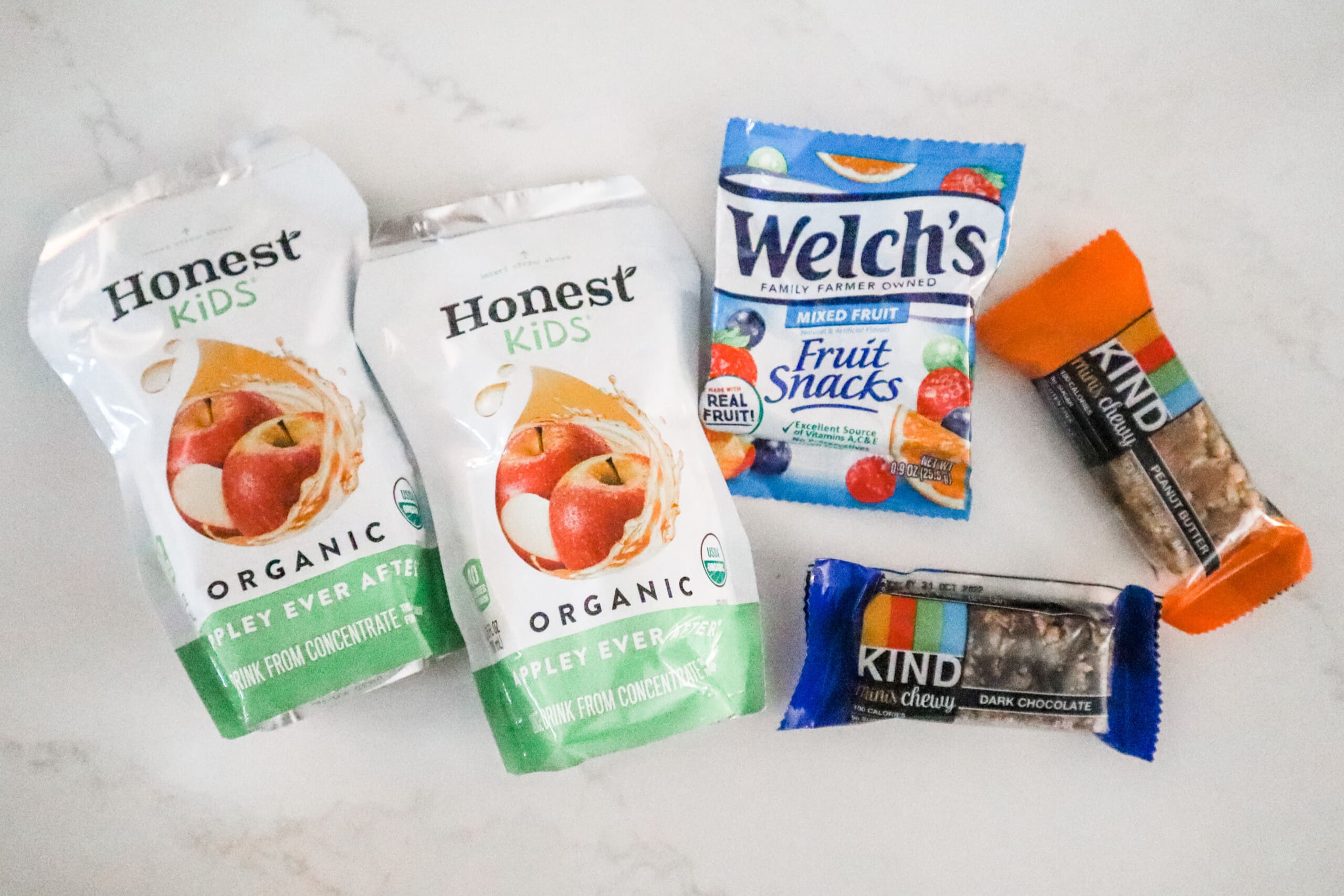
- Ensure that anything food-related is age-appropriate, and you don’t mind if they have access to it.
- A little treat – something crunchy, chewy with a good texture.
- Chewing gum.
- A toothbrush and toothpaste.
- A drink – hot cocoa that you can make and enjoy together, a cup of fruit tea, iced tea, etc.
Sense of Smell
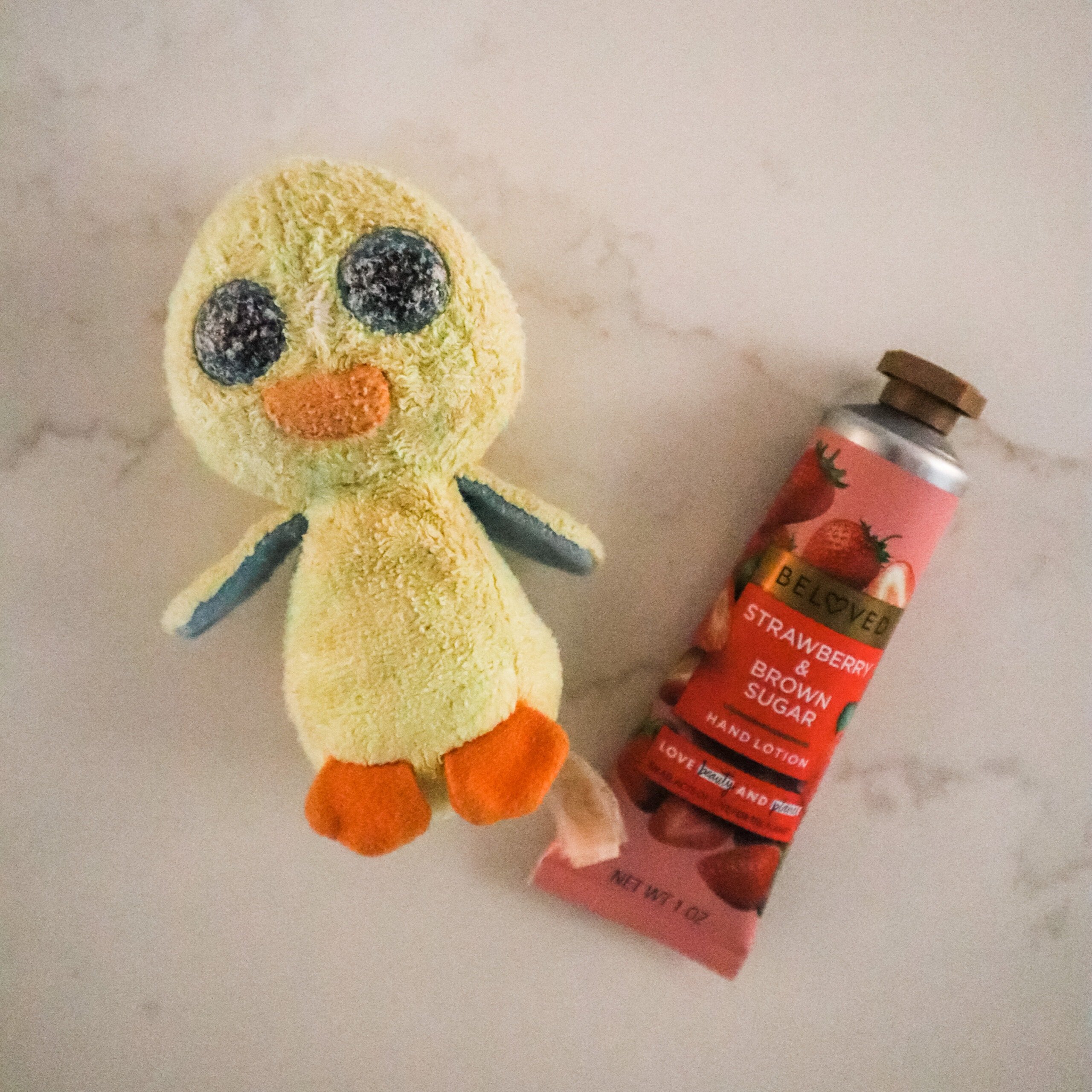
- A lavender pillow that can be heated up.
- A card sprayed with a scent that they like (it could even be your perfume if they find that comforting).
- Dried flowers or herbs.
- Scented hand cream or lotion (they could use it for touch as well – you could give them a hand massage, or they could use it themselves).
Help your child create a sensory box to take charge of their emotions. Ensure they always have access to it, so they can use it independently and feel in control of their emotions. Practice pulling out the box or bag at times you know are challenging in the day and encourage them to use the items to soothe themselves. Learning to harness their senses will give them a sense of autonomy and confidence. And they will be increasingly aware and attuned to their emotional needs.













